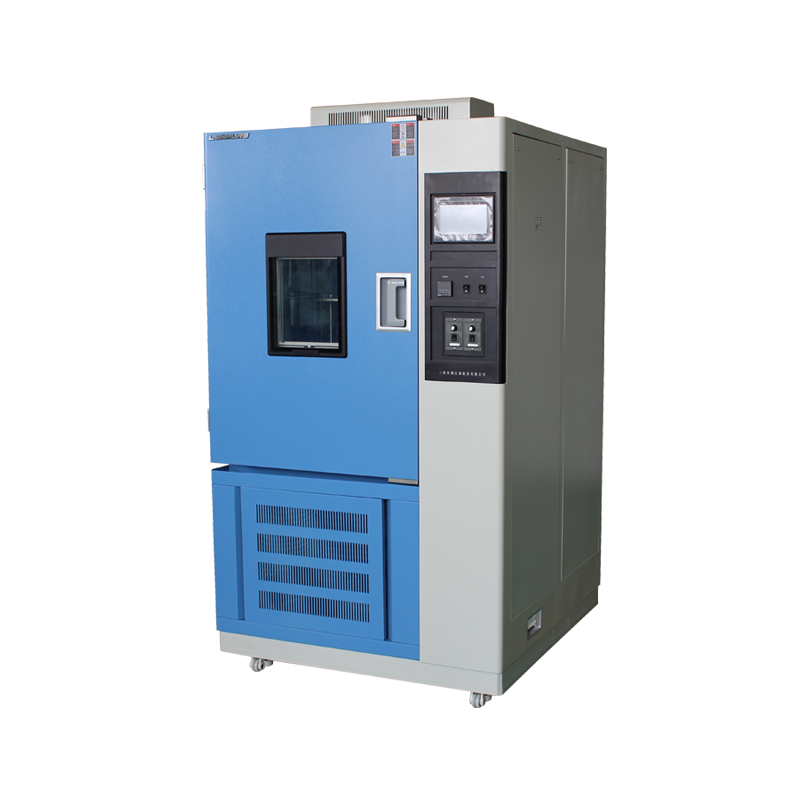

If an aging test chamber generates static electricity, it can not only affect the test results but may also cause malfunctions or even fires. So, how can we ensure that the test equipment remains free of static electricity?
Method 1 for Preventing Static Electricity in Aging Test Chambers: Reduce Friction-Induced Static
Many instances of static electricity are caused by the separation or friction of objects, especially in dry environments where friction is more likely to generate static. This can be mitigated by carefully selecting materials during the manufacturing process. Using insulating materials that are less prone to generating static is advisable. Additionally, controlling the surrounding environment—such as maintaining a certain level of humidity—can help prevent static buildup due to friction in dry conditions.

When the relative humidity in the air increases, a moisture-absorbing layer forms on the surface of objects, enhancing their conductivity. Generally, when humidity exceeds 80%, objects hardly carry any static electricity. Therefore, for equipment that may generate static, measures such as installing humidity-regulating devices or spraying water can be taken to increase humidity. The specific humidity level should be adjusted based on the actual requirements of the equipment.
Method 2 for Preventing Static Electricity in Aging Test Chambers: Charge Leakage
Another way to handle static electricity is by using grounding to dissipate charges. This method involves directing the generated charges through a metal wire to quickly dissipate into the ground. However, its effectiveness depends on the material:
For conductive objects, static electricity can be easily eliminated this way.
For insulating materials such as synthetic fibers or plastics, the effect is minimal because the charges on these materials are difficult to move.
To address the difficulty of dissipating charges in insulating materials like synthetic fibers or plastics, conductive substances can be added to these materials to facilitate charge leakage. For example:
Adding metal powder or carbon black to tires or workers’ boots.
Incorporating metal powder or carbon black into synthetic fibers or plastics to prevent charge buildup.
By implementing these methods, the risk of static electricity in aging test chambers can be effectively minimized.